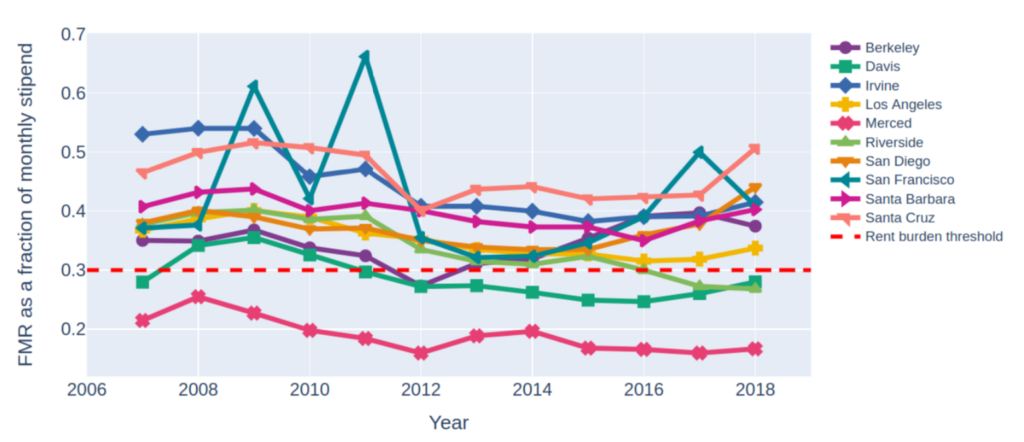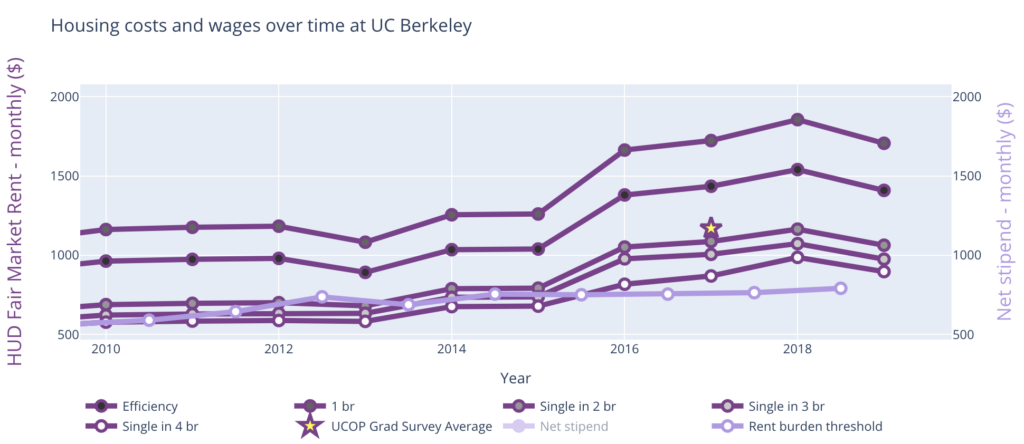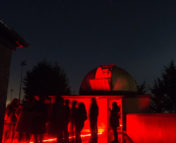Disclaimer: The author would first like to publicly state that Black lives and Black Trans lives matter. Secondly, the author condemns all police brutality against people of color. Lastly, the author acknowledges that the writing of this article was performed on the stolen land of indigenous people.
Knowing the Facts
According to Harvard University’s State of the Nation’s Housing 2020 report, ~46% of US renters are “cost burdened,” meaning that individuals who rent property spend >30% of their monthly income on rent. Furthermore, the report found that 1 in 7 households (~17 million!) are “severely cost burdened,” which means that they are forced to spend >50% of their income on rent each month. Unsurprisingly, renters that reside in “low income households” are most likely to be rent burdened. Low or extremely low income renters are defined as people who earn less than 50% of the area median income (AMI) of the county or city that they live in. As a country where shelter is not guaranteed, the US represents one of the most significant examples of widespread rental disparity in the world. But how does this relate to astronomy?
As students, researchers or faculty pursuing astronomy as a career, many of us have been faced with numerous cost burdens, the most significant being our monthly rent. Personally, as a graduate student of astronomy, I have dealt with (and currently deal with) a variety of rent burdens in the cities that I lived in: Santa Cruz (70-90% rent burden), Chicago (30-40%) and Oakland/Berkeley (~35%). Sizeable rent burdens are prevalent in our field and have even led to a number of student strikes calling for a higher wage. In this Bite, I explore the rent burden of students/researchers in astronomy and discuss the open question of how the cost burden of a given city can influence our decision to pursue astronomy at a given academic institution.
Is It Worth It?
In many cities across the US, the annual salaries of undergraduates, graduates and even some postdocs in astronomy will define these individuals as low, or extremely low, income renters. Unfortunately, average yearly salaries for undergraduates studying astronomy is difficult to constrain given the variety of jobs (fellowships, work study, service industry, etc) that students are able to maintain while pursuing a Bachelor’s degree. Nonetheless, a possible baseline for undergraduate salary is the work study program that ranges in pay from $7.25/hr to $15/hr and could provide students with ~$580-1,200/month for rent given that students can only work ~20 hours per week. For this income threshold, all undergraduates would be considered extremely low income renters and would be forced to use their entire salary to pay rent (e.g., >100% rent burden). This financial hardship is, of course, combined with other significant costs faced by undergraduates such as buying textbooks, paying tuition or just feeding themselves (!).
For graduate students of astronomy, the average annual salary is currently ~$30,000-40,000, depending on the institution and the origin of their income (e.g., being a TA, being on a fellowship, or being paid by grants). However, it should be noted this salary can vary if someone is pursuing a PhD program versus a Master’s program, the latter being much less supported financially than the former. For postdocs, the annual salary can span from $40,000-100,000/year, so researchers toward the lower end of this range are often forced to pay >30% of their income toward monthly rent. These salaries can be significantly less than 50% of the AMI for a given area. For example, UC Berkeley astronomy graduate students are technically in the lowest income bracket (“extremely low”) given that the median income of Alameda county is $125,600/year.
In order to understand how rent burden impacts a wide variety of students/researchers in astronomy, we can explore the extremes of housing markets across the US and other parts of the world. For Americans specifically, the top 5 most expensive housing markets are San Francisco, New York, San Jose, Boston and Los Angeles, which are home to a number of top astronomy departments at the Universities of California, NYU, Columbia, MIT, and many more. Consequently, astronomy students residing in these areas are faced with severe rent burdens that are caused by their relatively static yearly salaries and rapidly increasing rental prices. As shown in Figure 1, the average PhD salaries at almost all Universities of California cause a >30% rent burden for graduate students. This is also a reality for those in the physical sciences (such as astronomy or physics), as shown in Figure 2 for UC Berkeley specifically.

Outside of California, many astronomy students and researchers face similar challenges in rental affordability. For those studying or working at a school in New York City, where the average rent is ~$3000/month, astronomy graduate students can spend ~50-90% of their income on rent given that PhD students are only guaranteed ~$40,000/year (e.g., Columbia University sets the yearly stipend cap at $40,300 annually; NYU offers a similar grad student salary). Additionally, for graduate students pursuing a degree from any one of the many astronomy departments in Boston or Cambridge, an average annual salary of ~$30,000-40,000 places them in the 36-40% of renters that are moderately, or severely, cost burdened. In general, any US city whose average monthly rent exceeds $700-$1000 will induce a rent burden for all undergraduate and graduate students in astronomy, as well as a significant fraction of postdoctoral fellows.

On the flip side, there are a number of astronomy departments that reside in the most affordable rental markets in the US. For example, Lexington, KY, the home of the University of Kentucky’s Physics and Astronomy Department, has been ranked in the top 24 most affordable US rental markets. Graduate students there would, on average, experience a <25% rent burden. Also in Kentucky, working for, or attending, University of Louisville’s Physics and Astronomy Department would allow individuals to exist in a top 10 most affordable rental market where the average rental price is typically much less than $1,000/month. For midwestern universities, Columbus, OH, home to The Ohio State University, is ranked 8th in a top 25 list of affordable markets (<24% average rent burden), while Ohio University in Athens, OH has average monthly rents of ~$500-$800. On the east coast, Duke University in Durham, NC and University of North Carolina in Chapel Hill exist in low rent burden housing markets. Lastly, European countries and cities have, on average, considerably lower rent burdens than cities in the US. Nonetheless, it is extremely important to note that while low rental costs in these cities may seem desirable, an influx of renters with decent annual salaries (e.g., graduate students or postdocs) can cause a significant rise in gentrification and displacement of long term community members in these towns and small cities.
Where Do We Go From Here?
It has become clear that within many academic institutions that specialize in astronomy, a large number of students and researchers are forced to choose between crippling rent burdens and their careers. This raises some very important questions to consider before starting a graduate program or taking a postdoc position: Is my career more important than a comfortable living situation? Is a “high ranking” astronomy department in a high rent burden city more likely to help me succeed than another department in a more affordable city? Ideally, students and researchers in astronomy should not have to compromise their careers, nor their standard of living, while working/studying in this field. As the cost of existence in many cities continues to rise, it is ultimately the job of astronomy departments and universities to account for this by increasing the salaries of graduate students and researchers.
Edited by: Macy Huston
Featured Image Credit: Wynn Jacobson-Galán, UC Berkeley




